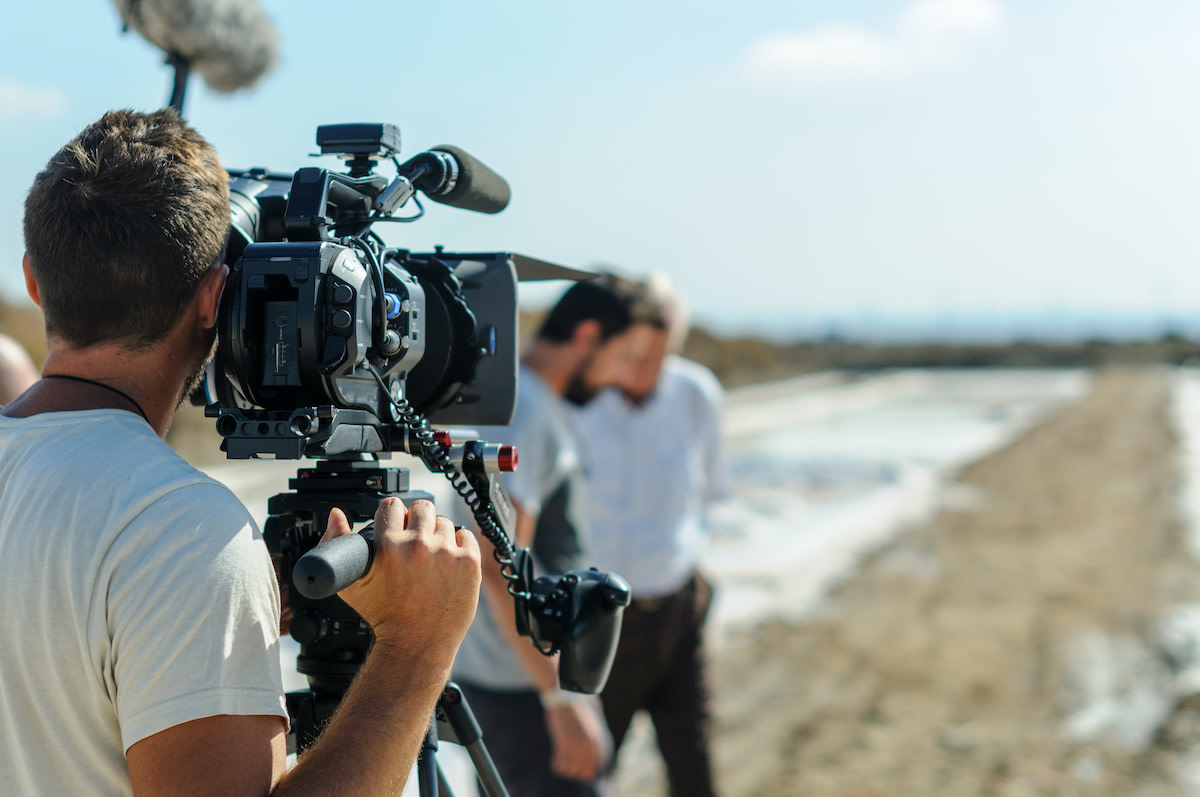Guide to Participatory Mode: 3 Participatory Documentaries
Written by MasterClass
Last updated: Jun 28, 2021 • 3 min read
In 2001, documentary theorist Bill Nichols coined the term “participatory documentary” to describe a type of documentary in which the filmmaker is a subject. In his book Introduction to Documentary, Nichols classifies participatory mode as one of the six modes of documentary filmmaking—along with observational mode, expository mode, poetic mode, reflexive mode, and performative mode.
Learn From the Best
What Is Participatory Documentary?
Participatory documentary is a subgenre of documentary filmmaking in which the filmmaker is included in the film's narrative and directly interacts with the film's subjects. In this type of documentary form, the filmmaker may appear in front of the camera during an interview, be heard as voiceover behind the camera, and can even appear on camera without any other subjects. The effect of the filmmaker's presence may be minimal, or it may be a major influence on the narrative.
The participatory mode of documentary filmmaking stands in contrast to the observational documentary film, in which the director acts as a fly on the wall, observing the world around them without interacting with it.
3 Characteristics of Participatory Documentaries
Participatory documentaries share many unifying characteristics that typically focus on the director's role in the film:
- 1. The filmmaker is a character. In a participatory documentary, the filmmaker must either be seen or heard at some point in the movie, giving them a presence that is often as important as the primary subject.
- 2. The interviewer’s questions are included in the edit. In other documentary genres, subjects answer interview questions, but the questions themselves are edited out. In the participatory mode, the audience is allowed to see or hear the filmmaker asking the questions. This establishes a clearer relationship between the filmmaker and the interview subject, while also giving the viewer a more "behind the scenes" look at how the filmmaker elicited the subject's responses.
- 3. The viewer is aligned with the filmmaker. The audience experiences the film through the filmmaker's point of view, allowing them to intuit how the filmmaker felt in the moment and consider how they might have reacted in the same situation.
3 Examples of Participatory Documentaries
Below are some of the most notable participatory documentaries, but note that a single film can incorporate multiple documentary modes. For example, the last three films on this list are also performative documentaries because they incorporate the filmmaker's own personal experiences into the film's overall message.
- 1. Chronicle of a Summer (1961): Directed by Jean Rouch and Edgar Morin, this French documentary feature begins with an on-camera debate between both directors about whether or not a person can truly act sincere when being filmed. The directors then conduct street interviews with real French citizens about what it means to be happy. Chronicle of Summer is a hallmark example of the cinéma vérité (or "direct cinema") film movement, and the term cinéma vérité was actually coined by Rouch himself.
- 2. Sherman's March (1986): Documentary filmmaker Ross McElwee initially set out to make a movie about General Sherman's march during the American Civil War, but after experiencing a painful breakup, he pivoted the film's subject matter to focus on his personal search for romance. The resultant film won the Grand Jury Documentary Prize at the 1987 Sundance Film Festival.
- 3. Roger & Me (1989): Michael Moore's directorial debut explores the harmful economic impact of General Motors closing several auto plants in his hometown of Flint, Michigan. Moore conducts on-camera interviews throughout the film and frames the storyline around his own personal experiences growing up in Flint.
Want to Learn More About Filmmaking?
Become a better filmmaker with the MasterClass Annual Membership. Gain access to exclusive video lessons taught by film masters, including Ken Burns, David Lynch, Spike Lee, Jodie Foster, Martin Scorsese, and more.
